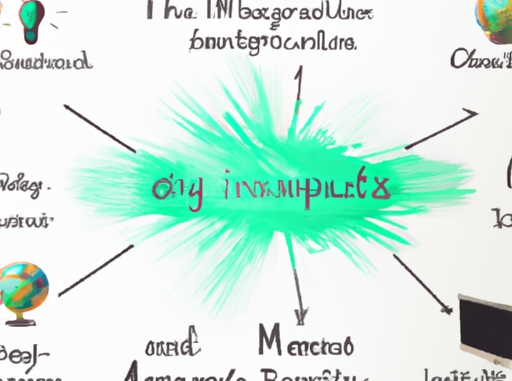
Exploring the Impact of Technology on Modern Educational Methods: How Virtual Reality and AI are Transforming Classrooms
In recent years, the landscape of education has been undergoing a profound transformation driven by technological advancements. Two of the most influential technologies reshaping the educational landscape are Virtual Reality (VR) and Artificial Intelligence (AI). These technologies are revolutionizing the way students learn, teachers instruct, and classrooms function, offering unprecedented opportunities to enhance educational outcomes.
Virtual Reality: Immersive Learning Experiences
Virtual Reality (VR) is breaking the traditional boundaries of classroom education by providing immersive and interactive learning experiences. By simulating real-world environments, VR allows students to engage with content in a deeply experiential manner. For example, history students can virtually walk through ancient civilizations, while science students can explore the microscopic world or conduct virtual lab experiments. This immersive learning approach not only captures students’ attention but also enhances their understanding and retention of complex concepts.
VR also holds the potential to democratize education by providing access to high-quality learning experiences regardless of geographic location. Remote students can explore immersive educational environments that would otherwise be inaccessible, bridging the gap between urban and rural educational opportunities. Additionally, VR can cater to diverse learning styles, making education more inclusive and personalized.
Artificial Intelligence: Personalized and Adaptive Learning
Artificial Intelligence (AI) is another transformative force in education, enabling personalized learning experiences tailored to individual student needs. AI algorithms can analyze student performance data to identify learning patterns and adjust instructional content accordingly. This adaptability ensures that students receive the support they need to master subjects at their own pace, fostering a more personalized educational journey.
Moreover, AI-powered tools can assist teachers by automating routine tasks such as grading and administrative duties, allowing educators to focus more on instructional quality and student engagement. AI-driven analytics provide insights into student progress, helping teachers identify areas where students may need additional assistance or encouragement.
AI also plays a significant role in developing intelligent tutoring systems that provide real-time feedback and guidance. These systems can simulate one-on-one interaction, offering explanations and alternative approaches to problem-solving, akin to individual tutoring sessions. This level of personalized attention can significantly enhance learning outcomes and student confidence.
Transforming Classrooms and Teacher Roles
The integration of VR and AI technologies is transforming not only how students learn but also how classrooms operate and teachers instruct. Traditional classroom settings are evolving into dynamic, tech-enhanced environments that encourage collaboration, creativity, and critical thinking.
Teachers, now more than ever, act as facilitators and guides, helping students navigate through vast resources and technological tools. The role of educators is shifting towards mentoring students in developing skills such as digital literacy, problem-solving, and collaborative work—skills essential for success in the 21st-century workforce.
Challenges and Considerations
Despite the promising benefits, the integration of VR and AI in education presents challenges that need addressing. Issues such as data privacy, equitable access to technology, and the need for teacher training are critical considerations for successful implementation. Schools and educational institutions must ensure that technology enhances, rather than hinders, the learning experience.
Conclusion
As VR and AI continue to mature, their impact on education is poised to grow, offering transformative possibilities for learners and educators alike. By embracing these technologies, educational systems can create more engaging, personalized, and effective learning environments. The future of education, driven by innovation, holds the promise of breaking barriers and unlocking the full potential of every student. The journey of integrating these technologies into classrooms is just beginning, promising an exciting era of educational transformation.
PhDr. Pavel Bartoš, LL.M., DBA (Evropská akademie vzdělávání / European Academy of education)
Leave a Reply